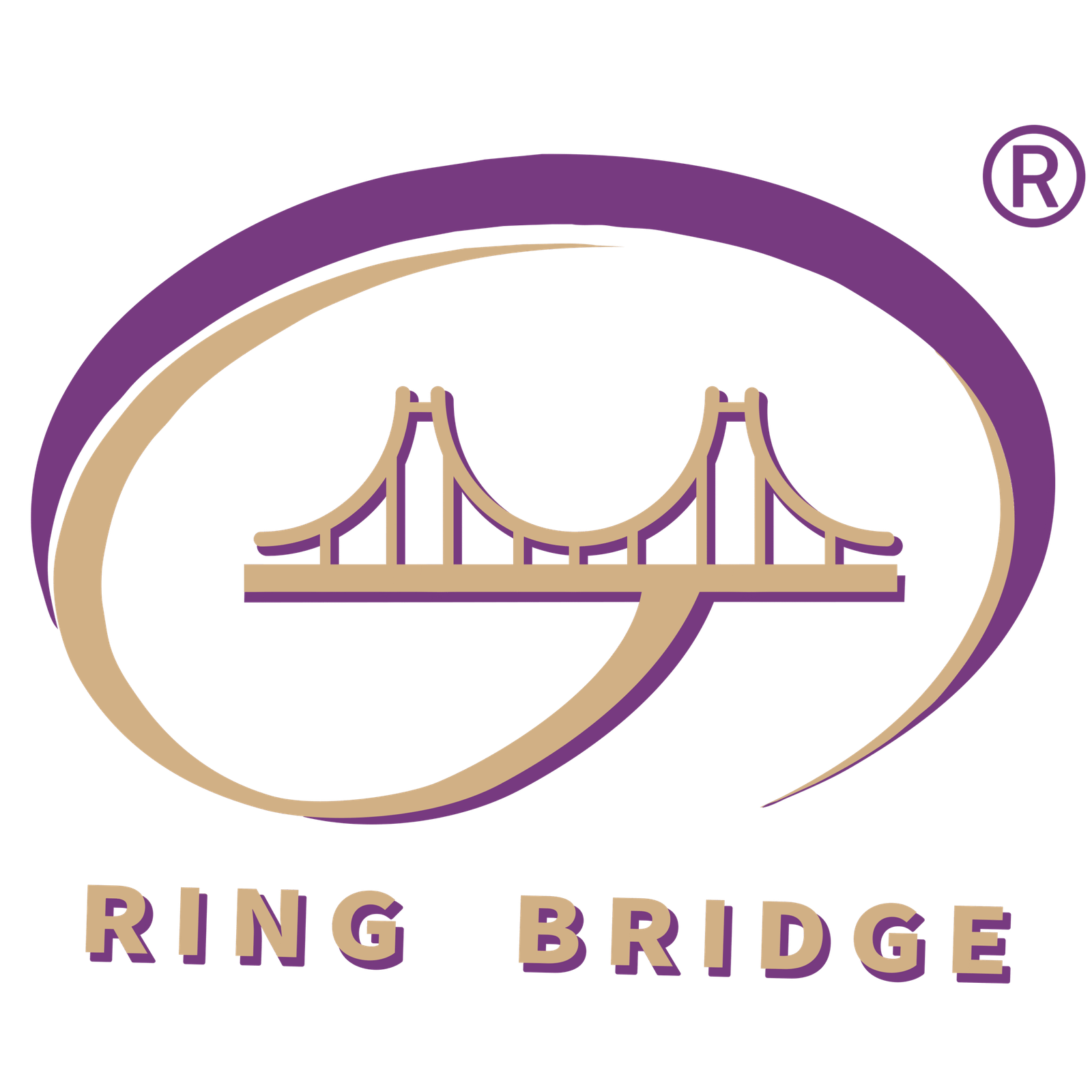In 2025, demand for welding electrodes and wires stays strong worldwide. Booming infrastructure, automotive, and manufacturing projects are driving this growth. Market researchers value the global welding electrodes market at $5.62 billion in 2025. It is on track to hit $7.40 billion by 2030 (about 5.7% CAGR, Mordor Intelligence).
The welding wire segment is also expanding. One analysis estimates the 2025 market at $15 billion, with ~6% annual growth toward over $25 billion by 2033 (Data Insights Market). Large-scale bridge, power, and pipeline builds – from Asia’s new cities to African hydroelectric dams – keep welders busy. Rapid electric‐vehicle (EV) production and automated manufacturing lines also increase the need for specialty wires and rods.
Regional Demand Patterns: Asia Leads, Others Catch Up
Asia-Pacific dominates welding consumables use, holding 44–45% of global electrode demand in 2024. China, India, and ASEAN nations drive this with massive infrastructure and shipbuilding programs. North America and Europe grow more modestly, while the Middle East & Africa will see the fastest CAGR (~6.1% through 2030).
Latin America shows steady demand from mining, oil, and hydropower. For distributors in Africa, Asia, and South America, these trends mean faster order growth than in older markets.
Key Drivers of Consumption
1. Infrastructure and Construction Booms
Large public works call for durable, high-strength welds. Bridges, offshore platforms, and rail systems often specify low-hydrogen electrodes and efficient wire. In Southeast Asia and East Africa, busy workshops keep orders high.
2. Automotive & EV Expansion
EVs and lightweight cars need advanced metals and specialized welding wires. High-strength, corrosion-resistant flux-cored wires are common in EV battery and chassis assembly.
3. Factory Automation and Robotics
More factories in Asia replace manual stick welding with robots. This boosts demand for flux-cored and metal-cored wires over traditional rods (Mordor Intelligence).
4. Energy and New Technology Projects
Offshore wind farms, nuclear plants, and hydrogen facilities require premium specialty electrodes. Harsh environments demand nickel alloys and stainless surfacing rods.
5. Sustainability Pressure
Low-smoke electrodes and eco-friendly wires gain attention as green welding becomes a competitive advantage (Data Insights Market).
Market Shifts and Opportunities
Wires Gaining Over Rods
Flux-cored wires grow fastest (~5.9% CAGR) due to automation. Aluminum electrodes rise quickly for lightweight vehicles.
Supply Chain and Technology Moves
Buyers shift to manufacturer-direct sourcing to cut costs. APAC suppliers expand capacity to meet export demand. Manufacturers partner with tech firms to improve weld quality under automation.
Action Points for Distributors
- Stock a full range of high-quality electrodes and wires.
- Offer region-specific solutions (e.g., marine-grade wires for coastal industries).
- Support customers with automated welding and eco-friendly options.
Ready to meet 2025 demand? Contact us to discuss your welding consumables supply today.
